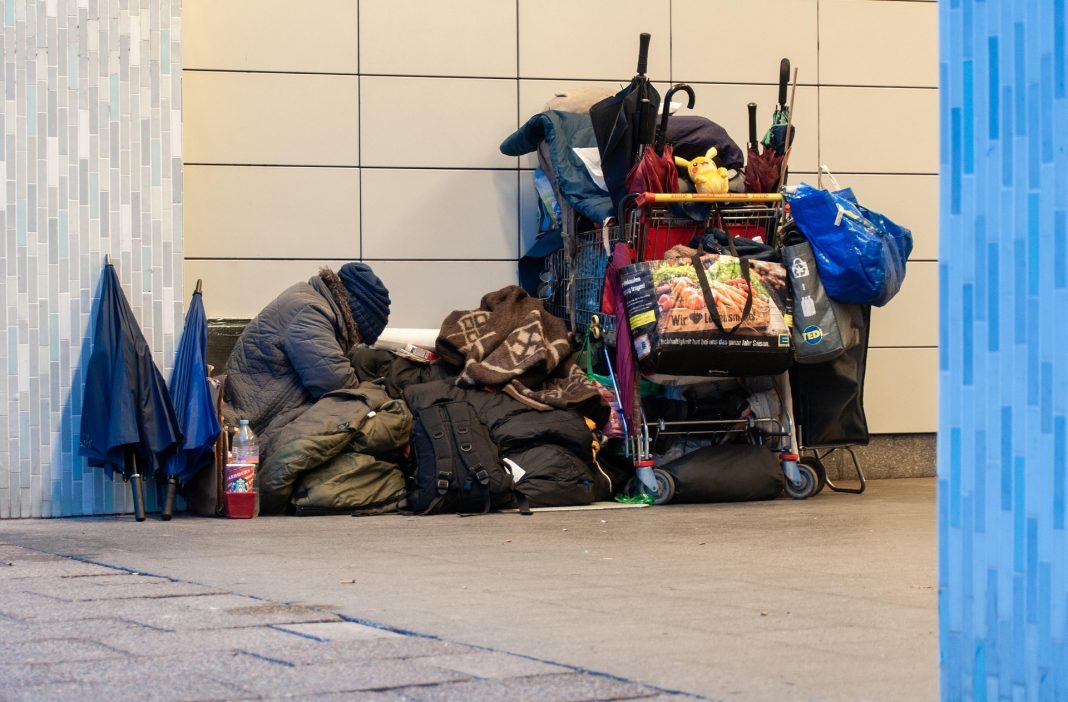Key diplomatic activity is underway today as international leaders prepare for Friday’s pivotal U.S.–Russia summit in Alaska.
Here’s a comprehensive breakdown of today’s developments.
President Donald Trump has scheduled a one-on-one meeting with Russian President Vladimir Putin for August 15, 2025, in Anchorage, Alaska. It will mark the first in-person U.S.–Russia summit hosted on U.S. soil since 1988. The White House characterizes the event as a “listening exercise”, aimed at gauging possible pathways toward ending the war in Ukraine.
On August 13, President Trump will hold a virtual summit alongside Ukrainian President Volodymyr Zelenskyy, EU leaders, and representatives from NATO and Germany’s Chancellor Friedrich Merz. Hosted by Germany, the videoconference aims to align international negotiation stances and reinforce support for Ukraine. Following that, Vice President JD Vance will meet separately with European partners, and later convene a “coalition of the willing” to plan post-ceasefire assistance.
U.S. Vice President JD Vance cautioned that any peace agreement between Moscow and Kyiv will likely fail to satisfy both sides. The warnings come as the Trump administration assesses options including possible land concessions, which already have raised concern among European and Ukrainian officials.
Ahead of the summit, President Zelenskyy, currently in Berlin, reaffirmed his refusal to cede any Ukrainian territory. He denounced the idea of excluding Ukraine from negotiations as unconstitutional, urging inclusion in any discussions impacting its sovereignty. German Chancellor Merz is expected to make statements alongside Zelenskyy following their bilateral meeting.
Trump and Putin have both indicated that a possible ceasefire could involve territorial adjustments. Reports suggest areas like Crimea or Donetsk could be negotiated under a peace agreement — a proposal Ukrainian officials and European allies have strongly rejected.




